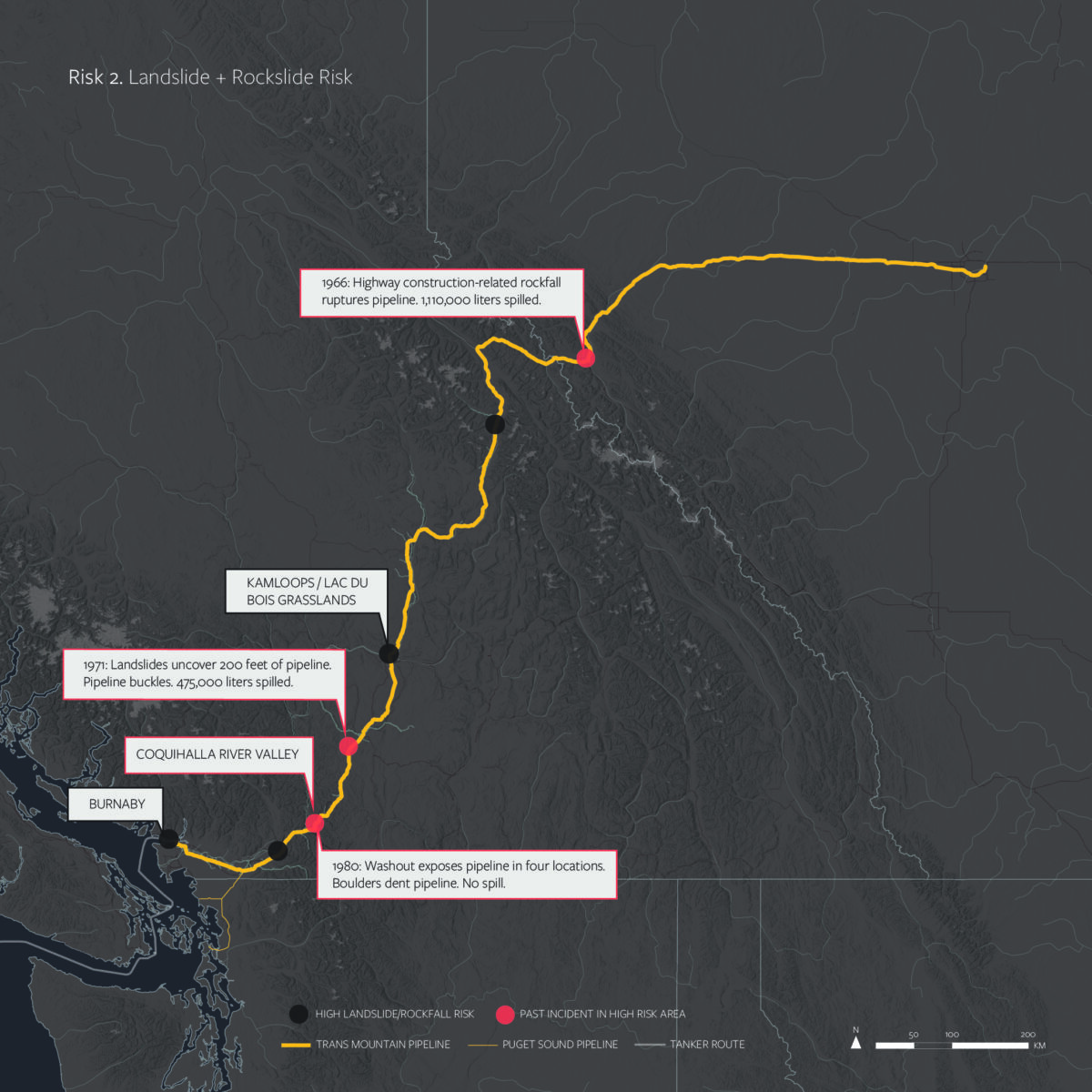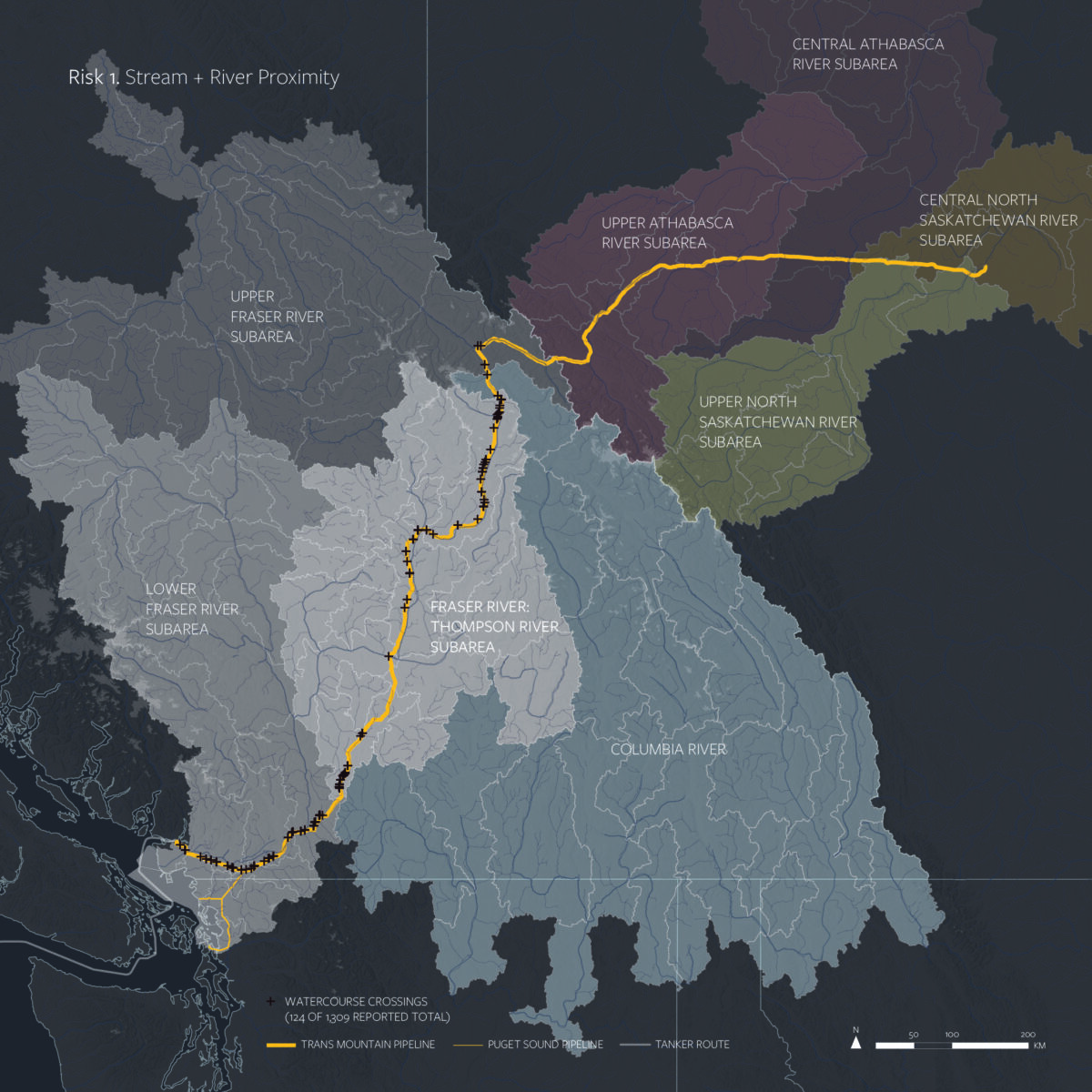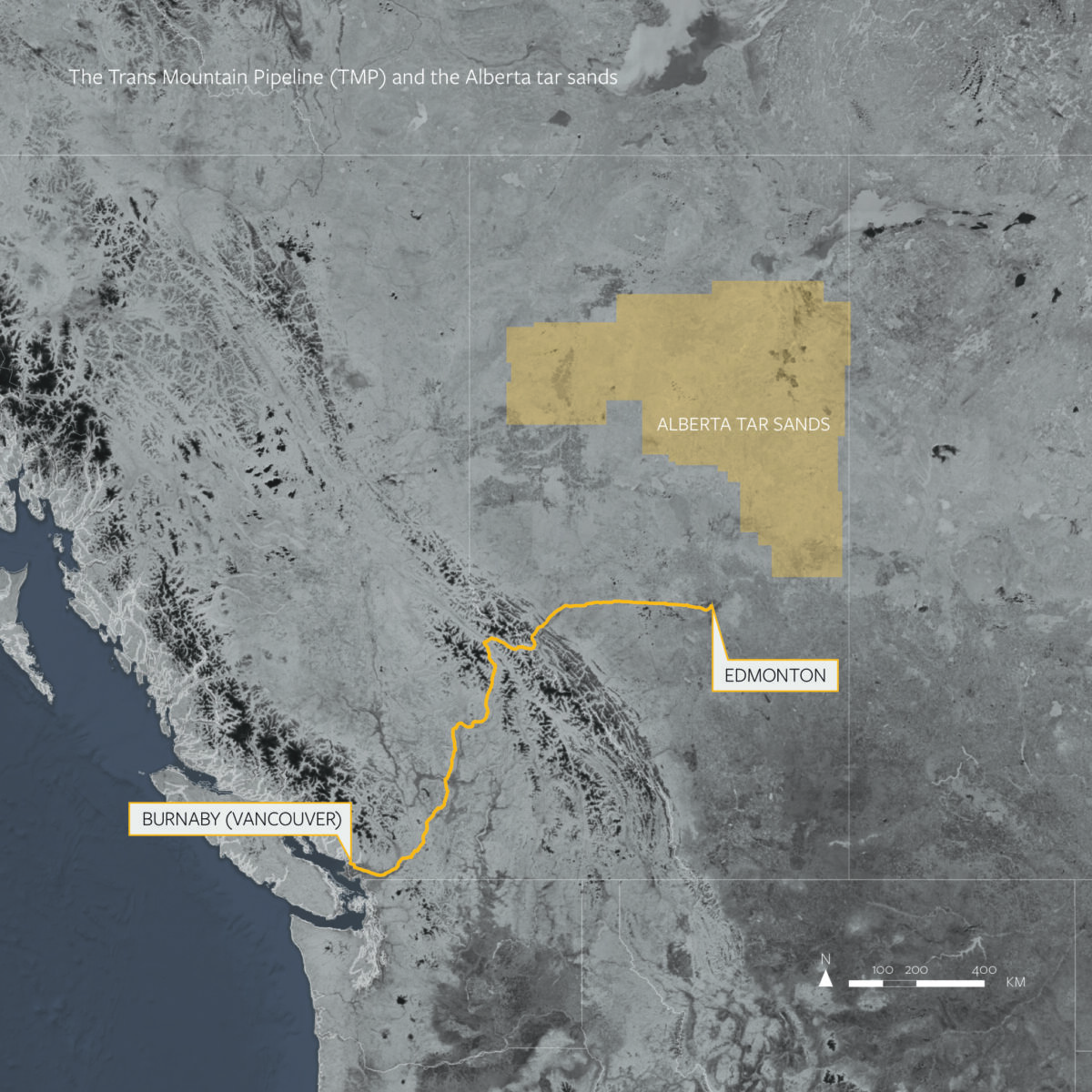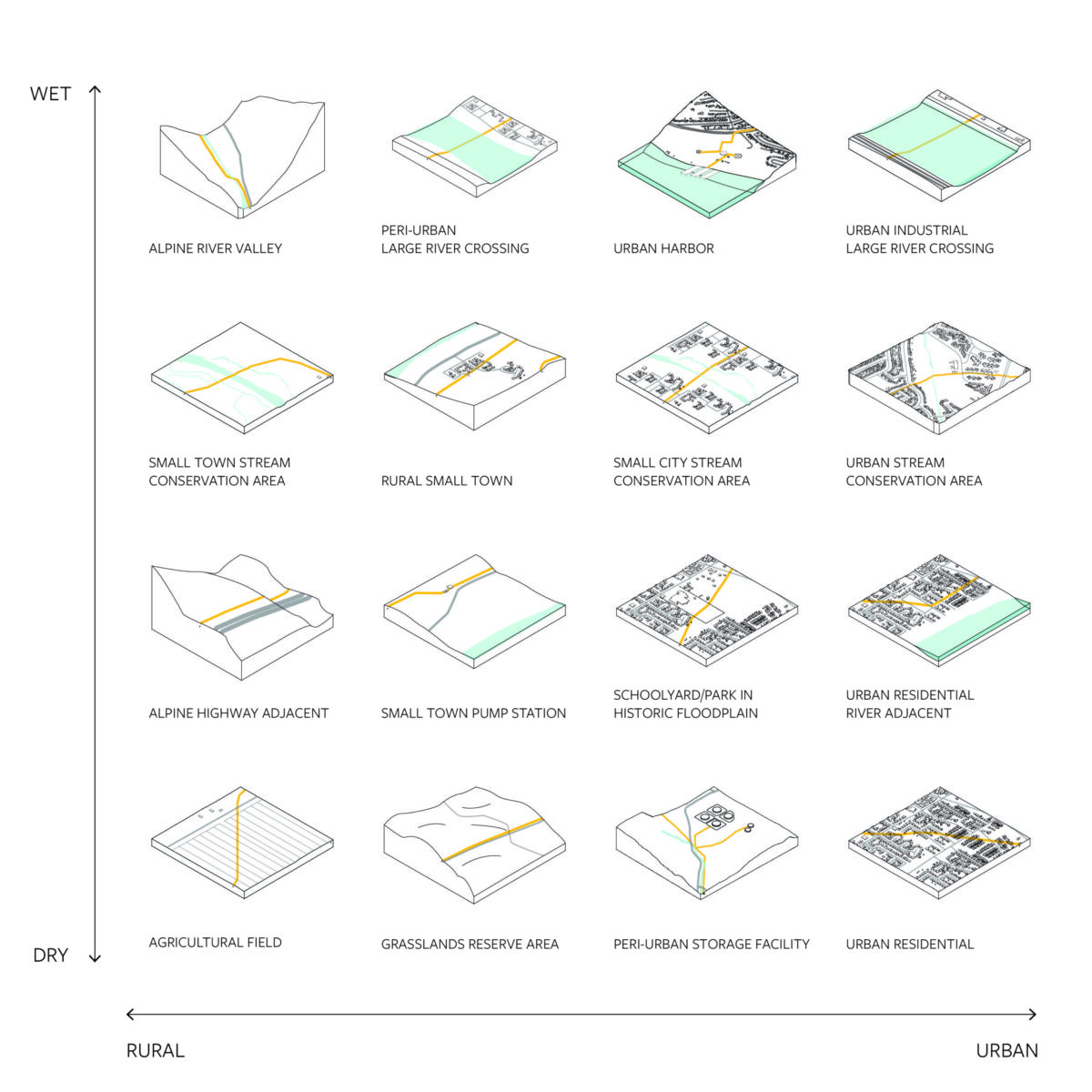The urban forest not only plays an important role in providing ecological benefits, but it is also positively associated with public health, especially for communities of color and low-income people who already suffer from environmental injustice. In the fields of landscape architecture and urban forestry, invasive tree pests have rarely received much attention in the planning and design of the urban environment. Yet, they have the potential to weaken and kill massive amounts of trees because they can spread without the control of natural enemies. With the effects of climate change, urban trees will be under greater stress, which makes them even more vulnerable to pests.
This thesis focuses on pest resilience as an integral part of urban forest stewardship through a community-centric approach. Using GIS analyses and case studies, I identify the most ecologically and socially vulnerable communities in Seattle based on their susceptibility to pest infestation and summarize best practices for education and engagement for tree care. I further develop a community engagement framework with an emphasis on environmental justice, while providing resources and recommendations for the City of Seattle and community organizations to approach the pest issue. I also discuss the implications of this research for the urban forest departments in Seattle and for landscape designers.




